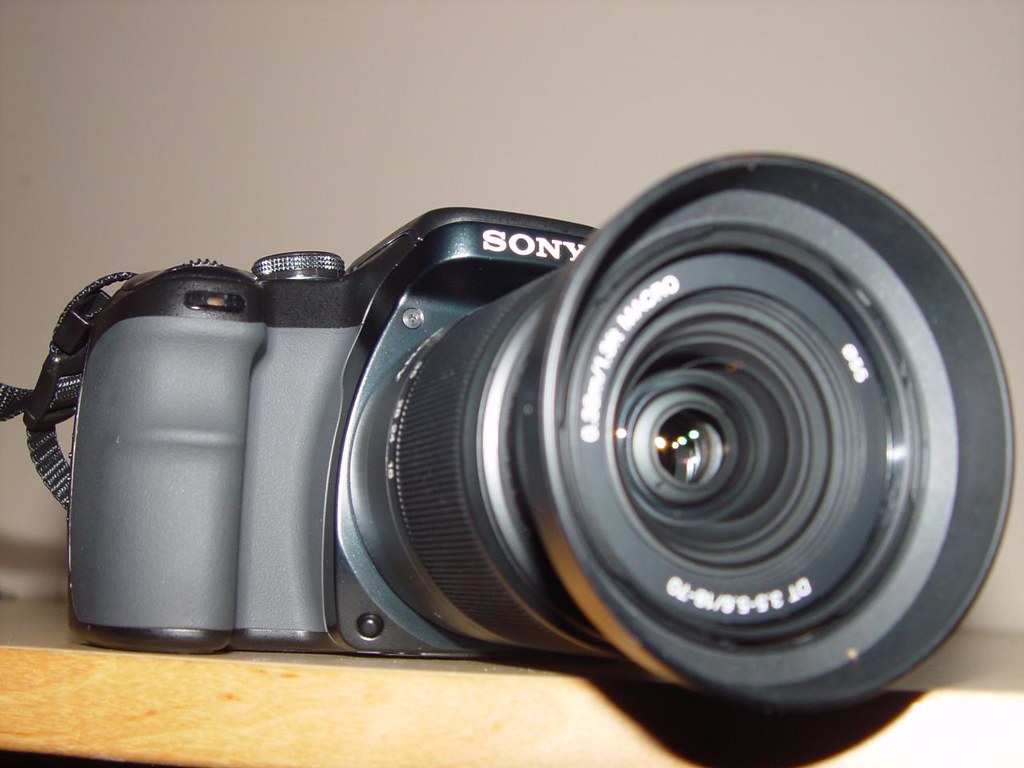
SUMMARY
Role
Director
Intention (SMART Goal)
By Oct. 12, as part of team # as Director, I will have evidence of using blocking to show power by following Film Blocking (It’s easier than you think) for Session 1.
PRE-PRODUCTION – INQUIRY
Leader(s) in the Field / Exemplary Work(s)
Tarantino’s films are very dialogue-heavy, but he uses blocking to make simple conversations visually interesting. In my film, I want to keep it simple with little to no action, but I still want the film to be visually interesting. I want my film to keep visual interest without a lot of action on the screen.
Training Source(s)
- Triangle Method: Can be used to quickly cover a dialogue scene
- Winner and Loser: Each scene has a winner and loser, winner should be higher than loser
- Shapes: Shapes can be used to control the audience’s focus
- Movement: Keep actors moving so the scene dosn’t get stale
- Walk and Talk: Having your actors walk around while talking is an easy way to add movement to a scene
- Moving Master: Is a commonly used way to start a dialogue scene that can establish the setting and look interesting
- Behind the Action: Filming behind the characters looks visually interesting and creates dynamic lighting
- Straight On Framing: More classical, simplistic style of framing and is good for simple coverage
- 180-Degree Rule: Imagine a line in-between two people talking and don’t cross it, if crossed it will look like they aren’t talking to each other
- Stacking Actors: Give actors space in the shot, don’t have them covering each other up
PRODUCTION – ACTION
The Film
Skills Commentary
In the film, I used blocking in multiple ways. I moved the actor down towards the end to show a loss of control and power, once when they fall down the stairs and end up below the camera during the lowest emotional point in the film. I also move the actor down in the next shot when they sit down defeated in the chair, showing their lowered emotional state. Another blocking tool I used was leading lines in the library scene framing the actor between two bookcases leading the audience’s eyes to look at the actor inside. The bookcases also block the actor in, representing how the character is stuck emotionally.
POST-PRODUCTION – REFLECTION
21st Century Skills
Ways of Thinking (Creativity, Innovation, Critical Thinking, Problem Solving)
My team and I had to solve the problem of being unable to film the ending due to conflicting schedules. We combated this by rewriting the ending to take place in a location that we could film in during school hours, but still fit in with the rest of the film.
Ways of Working (Communication & Collaboration)
My team would hold daily stand-up meetings to communicate what we were going to do that day and plan farther ahead. We also would frequently discuss script, shot, and blocking details and collaborate on our different visions for the film.
Tools for Working (Info & Media Literacy)
After each day of filming, I would make rough cuts using DaVinci Resolve. This both allowed my team and me to visualize the film and allowed me to practice my skills in the program.
Ways of Living in the World (Life & Career)
Working with my team in this session gave me working world experience by having to collaborate creatively, schedule a project, and create a final product with many moving parts.
Reactions to the Final Version
A reaction from Eric on the advisory board was “The stair fall added production value to the film.” Another reaction was from Miles who said, “Keep the lighting consistent during the school scenes.”
Self-Evaluation of Final Version
While I wouldn’t say the film was amazing, it is definitely my favorite that I have made. The production was by far the smoothest production I have worked on, and the final product closest matched my vision.
Grammar and Spelling
Grammarly
Editor
Jack R